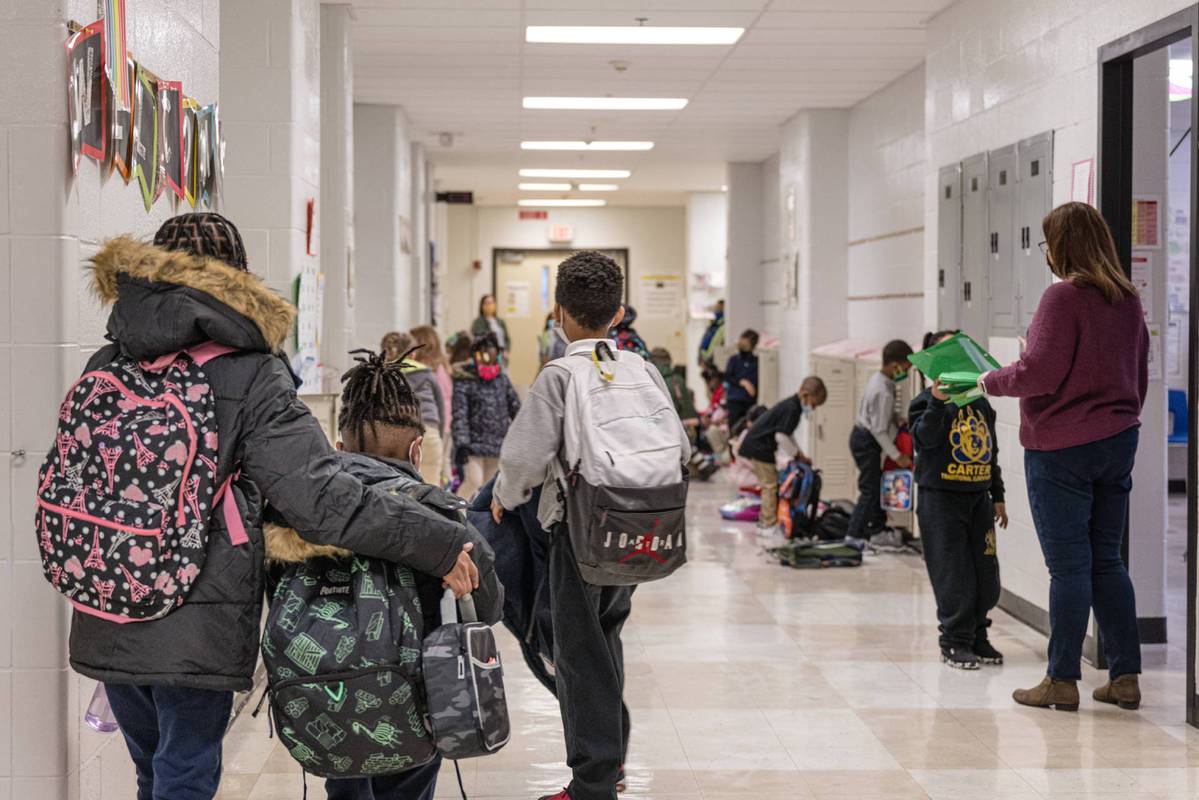Report: 1 in 10 NYC students homeless last year
By MINLU ZHANG in New York | China Daily Global | Updated: 2022-10-27 10:57

In the last school year, nearly 1 in every 10 students in New York City public schools was homeless, according to new data released Wednesday.
A total of 104,383 children lacked permanent housing during the 2021-22 school year across districts, an increase of 3.3 percent from the previous school year, according to an annual report released by Advocates for Children New York, a nonprofit that annually collects data on homeless students.
About 28 percent or more than 29,000 students were living in city shelters, while nearly 5 percent or 5,500 students were considered "unsheltered", living in cars, parks and abandoned buildings, according to the report. Nearly 360 children lived in hotels or motels.
About 69,000 children were "doubled up", meaning they stayed with extended family and friends after losing permanent housing or facing economic difficulties, the report found.
Meanwhile, the country's largest school district has been losing students, with roughly 120,000 leaving over the last five years. Public school enrollment has dropped by 9.5 percent since the pandemic started.
Schools also are facing a new challenge this year to enroll and support thousands of new students in shelters, who are largely immigrants from Central and South America bused to New York City. As of last week, more than 6,100 new students in temporary housing had enrolled in public schools since summer.
The rates of homeless students vary widely across different boroughs and community school districts. More than 20 percent of students were homeless in District 9 of the Bronx, the highest rate of any of the city's 32 districts. In contrast, just under 4 percent of Staten Island students lacked permanent housing.
"If these 100,000 children made up their own school district, it would be a district larger than 99.5 percent of all other districts nationwide," Kim Sweet, executive director of Advocates for Children, said.
"While the city works to address the underlying issue of homelessness, we also must ensure that students who are homeless get to class everyday and receive the [targeted] support they need to succeed in school," Sweet said.
While other large cities have similar rates of student homelessness — in Los Angeles, for example, it is 11 percent — the size of New York City's population makes the scale of the problem different.
The number of homeless students in New York has increased from about 78,000 a decade ago to more than 114,650 at its peak in 2018, roughly the same size as Philadelphia's entire public school system.
Students who are homeless can face many educational challenges. During the COVID-19 pandemic, homeless students could no longer rely on school services such as counseling.
Some attended remote classes from a shelter that lacked reliable internet service.
Homeless students also face difficulties getting to school. In New York City, homeless students in Grades K-6 would need their own transportation, but families often struggle to get a reliable school bus service. Students in shelters sometimes face hourlong commutes.
During the last school year, almost 2 in 3 students living in shelters were considered "chronically absent", which means they missed at least 10 percent of school days. Chronic absence hurts students' academic performance. In the 2020-21 school year, 70 percent of students who were homeless graduated, compared with 81 percent of all students. They were also more than three times more likely to drop out of high school than their classmates who do have housing.
"If we want to break this intergenerational cycle of poverty and homelessness, we have to make sure we're prioritizing education of students in temporary housing," Jennifer Pringle, director of Project Learning in Temporary Housing for Advocates for Children, told The New York Times. "The outcomes are just awful and without a coordinated, targeted response, we're not going to see a change."
























